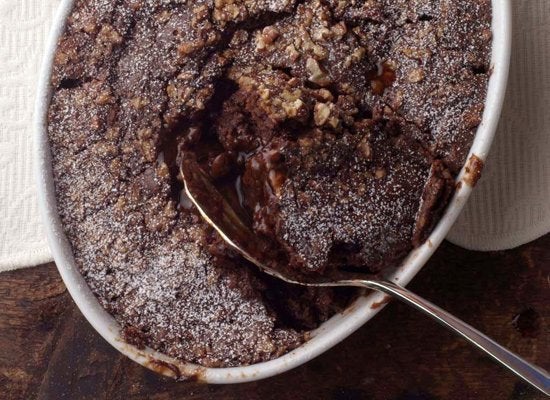Iced coffee -- the cooler and more refreshing relative of your morning cup of joe -- is a blessing come summertime. Not only does it provide you with your much needed caffeine fix, but it cools you down during those unbearably hot months. While it sounds deceptively simple to make (just pour coffee over ice, right?), there is an art that's worth perfecting when it comes to making iced coffee; you wouldn't want to suffer three months of not-so-good coffee just because it's served over ice.
There are two schools of thought when it comes to iced coffee, the hot-brewed and the cold-brewed. While they adhere to very different methods, there is one point both agree upon: pouring regular-brewed coffee over ice is nothing short of a travesty. Coffee is a fragile beverage, and it doesn't sustain extreme change in temperatures well. Often times, this will result in a coffee that is acrid, sour or weak.
So, how do you make a good iced coffee? Well, it depends on your tastes and the way you perceive iced coffee. If you want an iced beverage that tastes like regular coffee, the hot-brewed method will give you that result. If you see iced and regular coffee as two separate entities, you may be a fan of the cold-brew variety. The hot-brewed method will result in a more robust flavor while the cold brew is mellow and naturally sweet.
Hot-Brewed
The hot-brew iced coffee method originated in Japan. Using an old-fashioned (and now very much in style) pour over, the coffee is brewed directly onto ice so that it's instantly cooled. The idea behind this method is that hot water coaxes out the natural acidity and delicate floral flavors and since it's immediately chilled, it doesn't experience a change of flavor when the temperature is altered.
The hot-brew method accounts for a certain amount of ice melt during the brewing process so you don't have to worry about a watered down cup. For the exact ratios, check out the New York Times recipe. The best coffee bean option for this process is a light, fruity roast.
Cold-Brewed
Cold brew requires a little extra planning, but it's well worth the wait. It's mild, smooth and just a tad sweet. While the hot-brewed coffee has gone through a chemical change which affects the flavor of the bean, the cold-brew method "extracts more slowly and selectively" and doesn't alter or enhance the original flavor profile.
Some people prefer this method because it has a softer and less acidic flavor -- approximately 67 percent less acid than hot-brewed coffee. And since it has a milder flavor, a full darker roast is recommended for brewing. Get the cold-brew recipe here.
Once your iced coffee is made, you can alter it to your liking. Milk, cream or even condensed milk lighten its flavor. Add sugar, which is best if using in a simple syrup, to your liking. And if you're feeling a little fancy, flavored syrups work well here.
